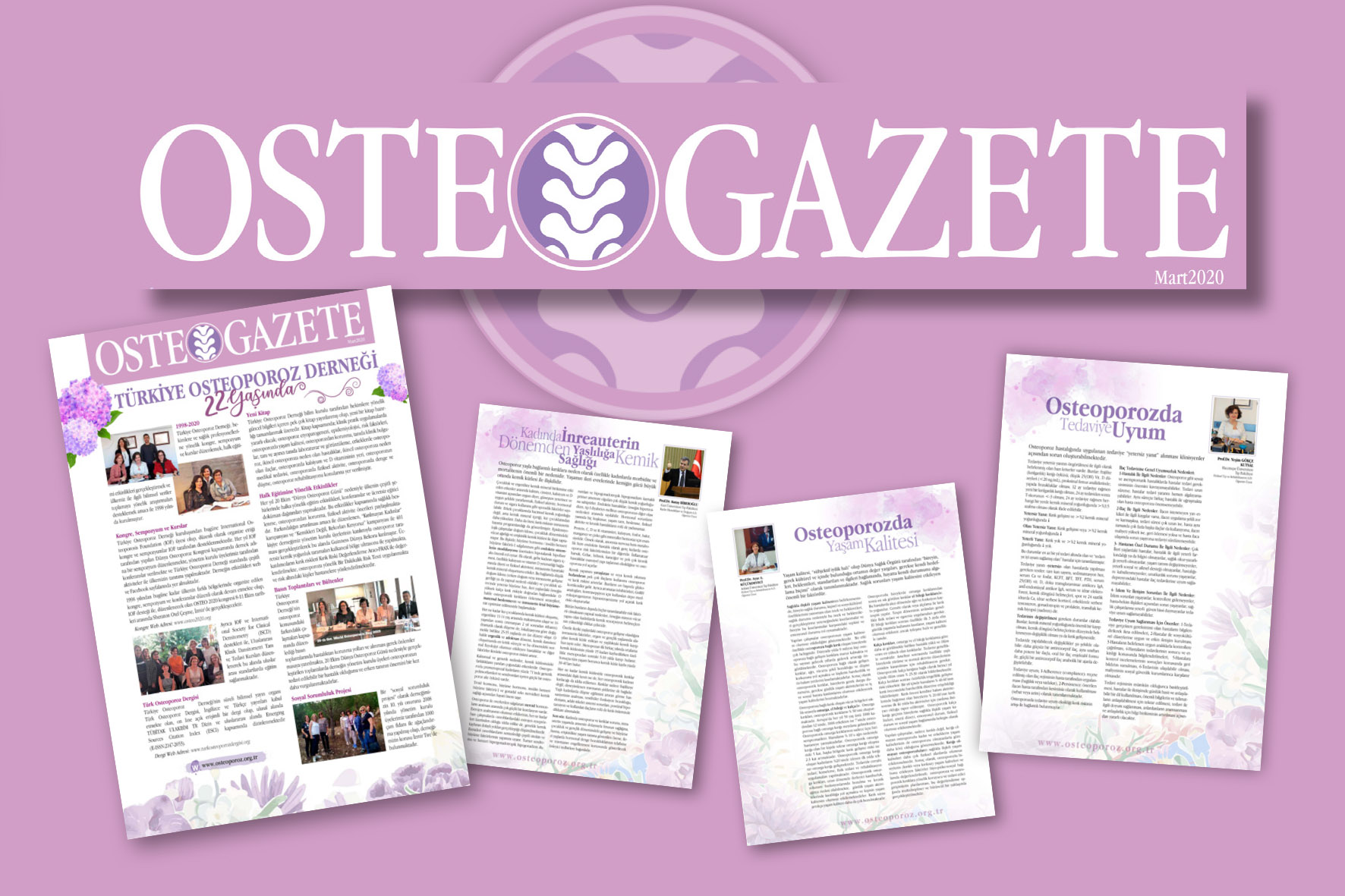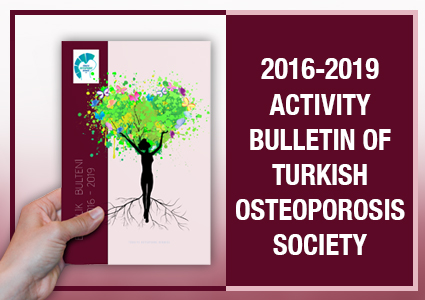

FALLS AND FALL PREVENTION
Each day thousands of people fall at home. Many of them are seriously injured. Especially in people with osteoporosis the most common fall-related fractures occur at spine, hip, wrist and they might lead not only to disability but to death
One of three people over 65 falls each year. 90% of hip fractures result from a fall. Some risk factors for falls in elderly people include poor muscle strength, postural instability, and visual impairment, use of certain medications causing dizziness and drowsiness, and indoor and outdoor hazards
Fall prevention tipsThere are four things which you can do to reduce at least the number of falls.
- Regular exercise
- Review of all medications with doctor
- Eye examination
- Precautions for a safe home
Regular exercises;Physical exercise is one of the most important ways to decrease and prevent falls. Exercises make you stronger and feel better. Tai Chi is one of the most effective exercise in maintaining balance and coordination. If you don’t have contraindications against exercises speak to your doctor to find out which type of exercises is most suitable for you.
Consultation with a doctor regarding the prescribed drugs Effects of the prescribed drugs change with aging. Some medicines or drug combinations may cause dizziness and sleepiness which are reasons for a possible fall. Periodically review your prescribed medications with your doctor.
Eye examinationVisit an eye doctor at least once a year. You might have glaucoma or cataract, which are disorders leading to visual impairment or your glasses might not be suitable for you. Decreased visual acuity increases your risk of falling
Precautions for a safe home Almost half of the falls occur in the home. Thus following precautions should be taken into consideration
- Remove objects on your way or on the stairs as books, clothes, shoes, which might cause stumbling
- Remove the rugs or carpets that might cause stumbling or slipping, or tack them down
- Put grab bars inside the tub and next to the toilet.
- Use non-slip mats in the bathtub and on shower floors.
- With aging, eyes need more light to see properly. Improve the lighting in your home.
- Proper lighting of the stairs is of importance.
- Wear shoes at home instead of slippers.
Most of the falls happen by accident. Some simple precautions can be taken in order to minimize the incidence of these accidents. Therefore a checklist might be useful to determine the hazards at home.
Check the floor of each room.
Do you have to walk around furniture when you walk through a room?
Arrange your furniture so your path is clear.
Do you have rugs or carpets on the floor?
If yes, remove them or tack down the carpet edges or use rugs with non-slip backing.
Are there papers, books, shoes or other objects on the floor or on the stairs?
Pick up all objects that are on the floor or stairs.
Are there wires and cables like telephone, electrical cords that my cause you to trip?
Coil or tape cords and wires next to the wall so you can not trip over them.
Are some steps broken or missing?
Get repaired the broken or missing steps.
Are your stairways enough lit? Has the stairway light bulb burned out??
Put in an overhead light at the top and bottom of the stairs. Change the light bulb.
Do you have carpets on your stairs?
Make sure the carpet is firmly attached to every step, or remove the carpet and attach non-slip rubber treads to the stairs.
Are the handrails of your stairs stable? Is there a handrail on only one side of the stairs?
Fix loose handrails or put in new ones. Make sure handrails are on both sides of the stairs.
Are the items you frequently use in the kitchen on high shelves?
Keep things you use often on the lower shelves
Is the bathtub or shower floor slippery?
Use non-slip mats in the bathtub and on shower floors.
Do you need a support when you get out of the bathtub or up from the toilet? Fix grab bars inside the tub and next to the toilet
Is the light next to your bed in a distance out of easy reach?
Set the light in an easy reach distance. Use a night-light if necessary.
Other precautions
To avoid possible dizziness, get up slowly after you sit or lie down.
Keep the emergency numbers near each phone.
Fall Risk Assessment Test
- Did you fall in the past year?
- Did you have fall-related disability?
- Has more than one year passed since the last time you reviewed your prescribed medicines with your doctor?
- Has more than one year passed since the last time you had your eyes examined?
- Have more than two years passed since the last time you visited your eye doctor to check your glass number?
- Do you usually feel unsteady on your feet?
- Do you feel unsteady when climbing up and down stairs?
- Do you have difficulty when getting up from bed?
- Do you have difficulty in reaching the light switch when getting up at the night?
- Do you need help to get off the toilet?
- Dou you have pain or wound in your feet?
- Are you afraid of falling?
- Do you feel dizzy when standing up after sitting or when you move your head?
- Did your hand grip power decreased?
- Do you have hearing loss?
- Do you need to go to toilet very often at the night?
- Do you use more than one medicine?
- Do you use high blood pressure medication?
- Do you take sleep medication regularly?
- Do you wear high heel shoes?
- Do you gait at home wearing socks?
- If you answered ‘Yes’ to one or more of these questions you might have risk of falls.
- Suggestions are available for decreasing this risk.
- Analyzing related check lists might be useful
- You may consult your physician
- Do not forget: Aging does not equal falls.
- A few simple precautions can prevent the risk of falls.





































































